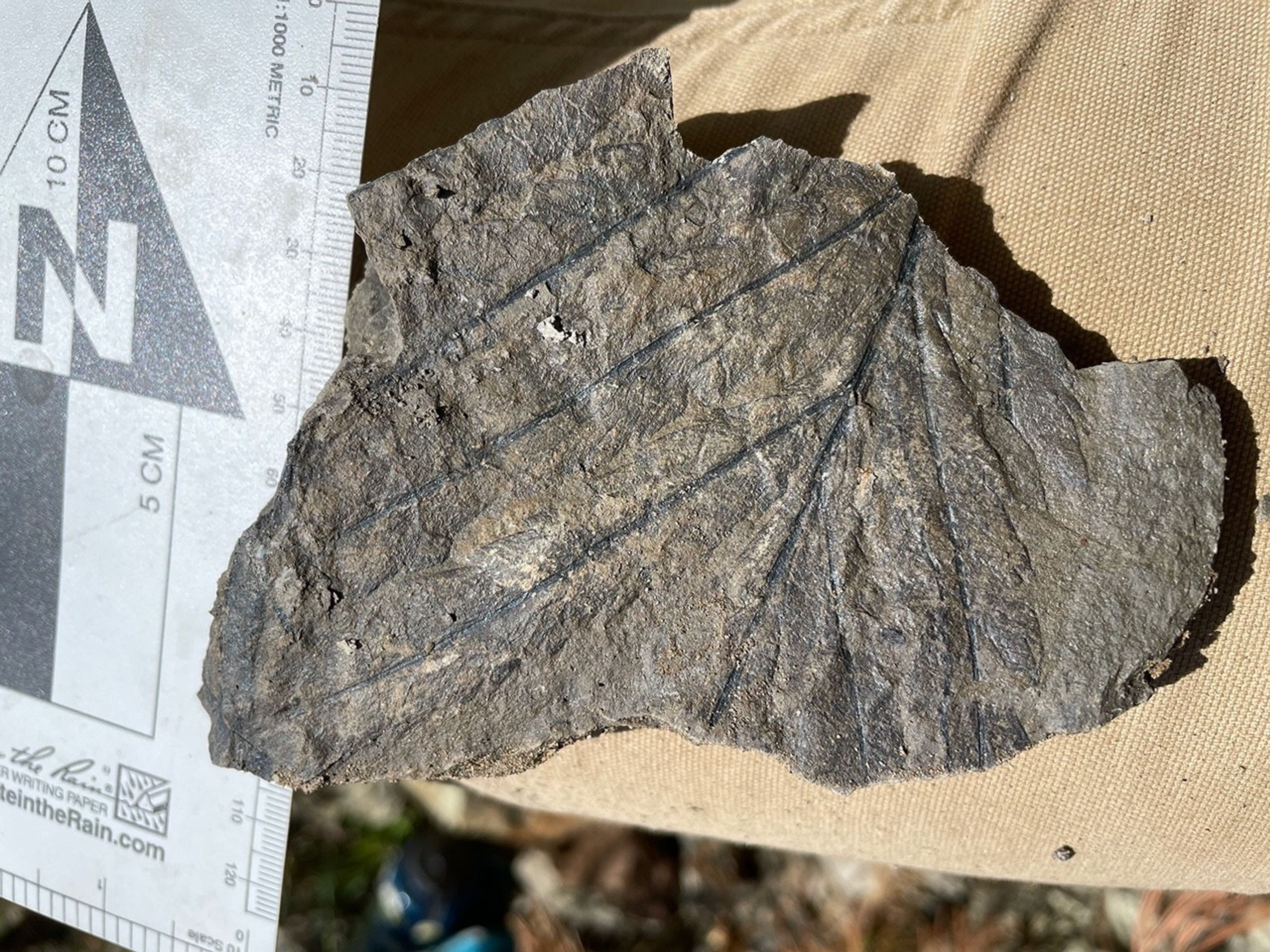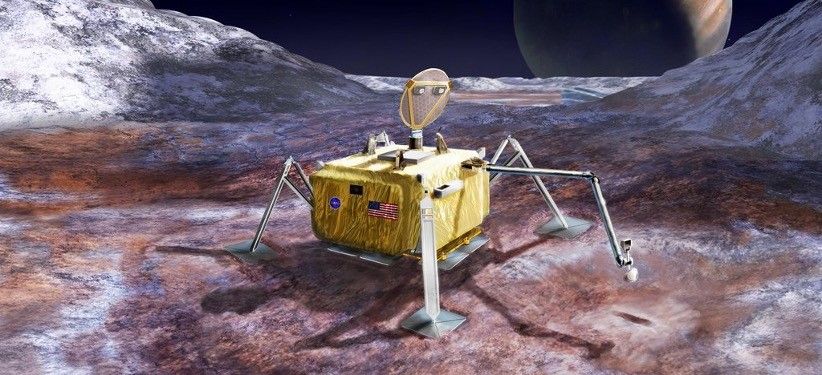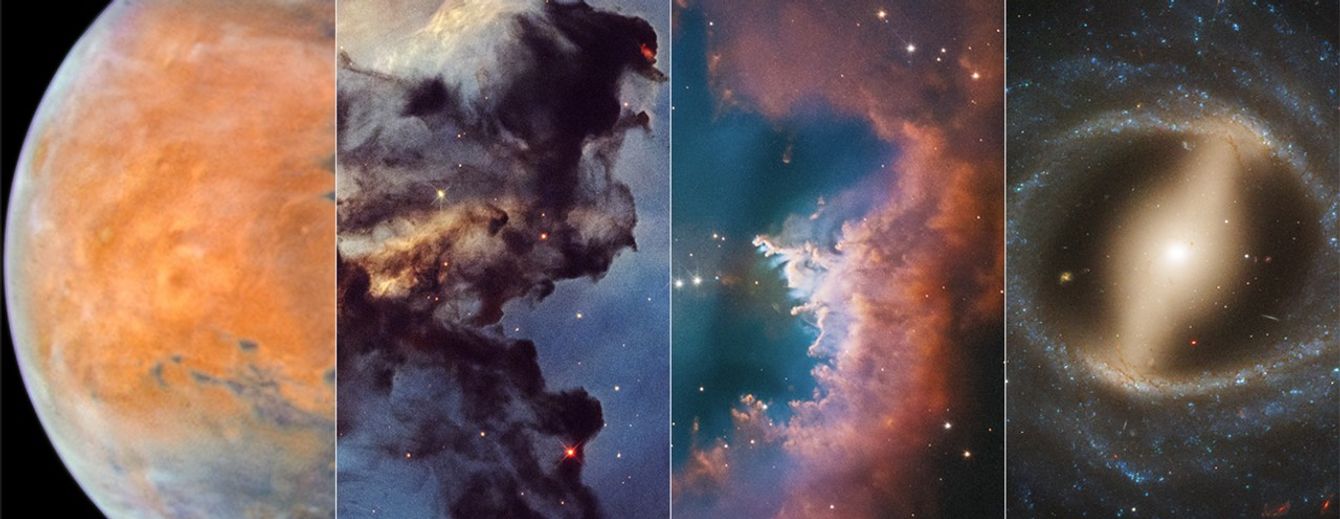Advancing Our Knowledge of Other Worlds
For decades, NASA’s planetary science program has advanced scientific understanding of our solar system in extraordinary ways, pushing the limits of spacecraft and robotic engineering design and operation.
NASA spacecraft have visited every planet and a variety of small bodies, and current and upcoming missions will bring back samples from exciting destinations, allowing detailed study and analysis back on Earth.
Using recommendations from the National Academies' Planetary Science and Astrobiology Decadal Survey 2023-2032 as our guide, NASA planetary science missions and research inform us about our solar system's origin and evolution, which will enable the expansion of humanity beyond Earth.
Our Solar System
Join NASA's planetary science team as we explore our planetary neighborhood: The Sun, planets, moons, and millions of asteroids, and comets.
Learn More
Planetary Science Missions
NASA’s robotic explorers gather data to help scientists understand how the planets formed, what triggered different evolutionary paths among planets, what processes have occurred and are active, and how Earth among the planets became habitable.
In searching for evidence of life beyond Earth, scientists use these data to map zones of habitability, studying the chemistry of unfamiliar worlds, and unveiling the processes that lead to conditions necessary for life. With this knowledge, NASA is enabling safe and effective human missions to destinations beyond low Earth orbit.
NASA missions continue to explore from the innermost planet, Mercury, to the outer reaches of the solar system, where Pluto orbits among many Kuiper Belt Objects. We have orbited and traversed the surface of Mars, finding evidence of liquid water and ancient habitable environments.
Closer to home, the Planetary Science Division uses Earth-orbiting telescopes and ground-based sensors in coordination with other organizations, including the National Science Foundation and the U.S. Air Force. These telescopes and sensors are used to survey space to detect, track, catalog, and characterize near-Earth objects (NEOs), which may pose hazards to Earth or provide destinations and resources for future exploration.
Planetary Defenders
“Planetary Defenders” is a compelling new NASA documentary that explores how humanity might respond if an asteroid were on a course toward Earth. The film highlights the important work being done by NASA’s dedicated planetary defense team, who are actively preparing strategies to ensure we are ready for such a scenario. “Planetary Defenders” offers a thoughtful look into their efforts and the science behind planetary defense.
Learn More About NASA Planetary DefensePlanetary Science News

NASA Research Examines the Multicellular Behavior of Unique Bacteria

NASA’s Curiosity Rover Detects Largest Organic Molecules Found on Mars

NASA Study Shows Ferns Facilitate Recovery from Environmental Disaster

Towards Autonomous Surface Missions on Ocean Worlds






































